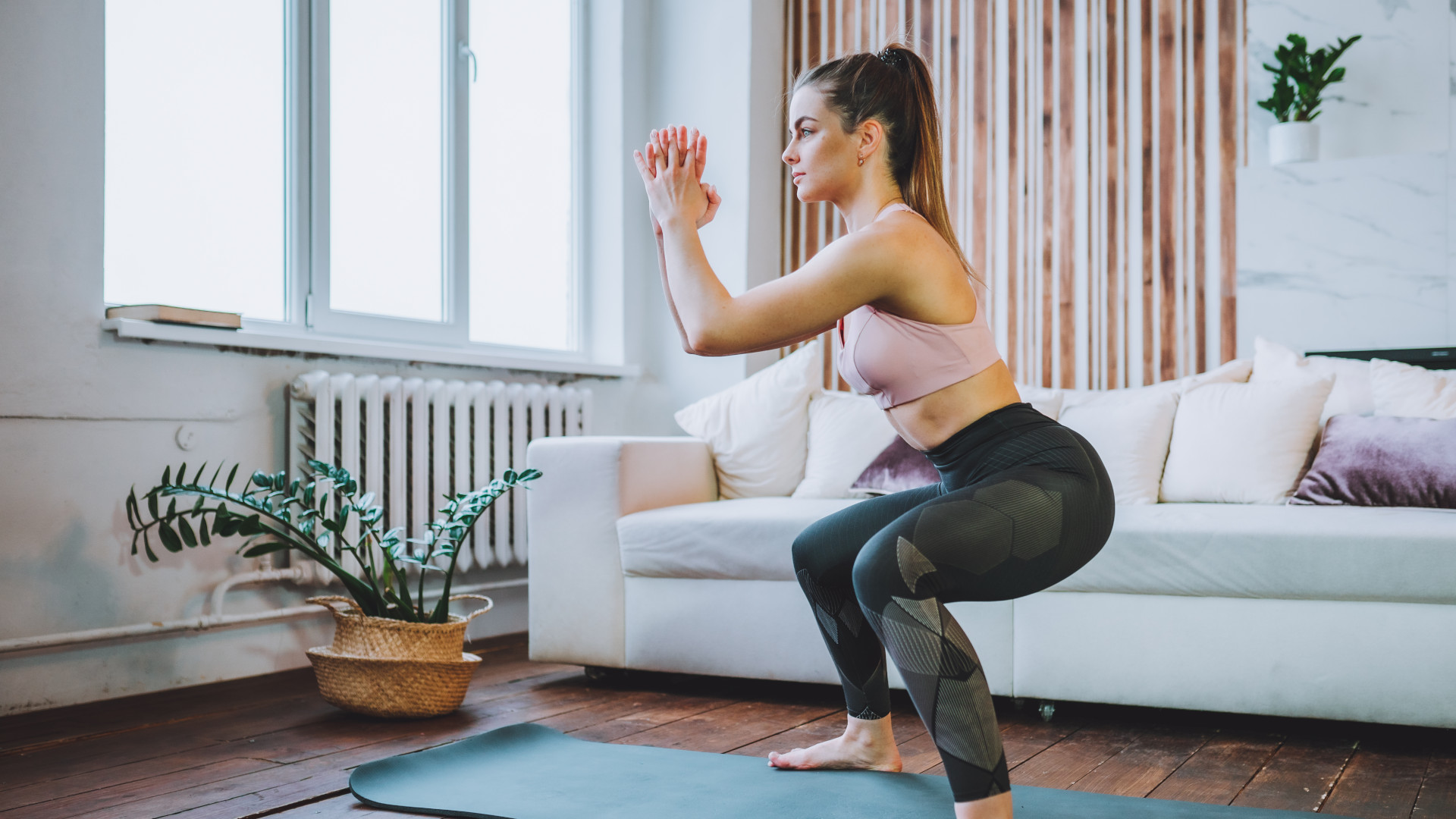Callisthenics versus weight training: Do you need fancy equipment to build a great body?
Bodyweight is a powerful tool in building muscle. We run down the key differences between these two training styles


A quick scroll through the numerous social media platforms reveals that callisthenics training is very much the en-vogue form of fitness. You can’t move for folk performing the human flag and all manner of obscure handstand variants.
Its name is derived from the ancient Greek words for ‘beauty’ and ‘strength’, but has come to mean a form of gymnastic exercise performed for fitness reasons. Boil that down, and it’s basically using your body weight during a workout.
There are a number of huge pluses when it comes to mastering calisthenics, including improved flexibility, cardiovascular health and the ability to work out pretty much anywhere and at any time without the need for fancy equipment.
Weight training (or resistance training), on the other hand, is all about employing weights, weighted objects (like dumbbells) or resistance bands to challenge and stimulate the muscles in order to promote growth of the muscle fibres.
Where callisthenics requires the individual to potentially master some tricky exercises (muscle-ups are for the faint of heart), weight training can be slightly easier, as individuals can start with much lighter weights and build up over time.
What are the benefits and drawbacks of calisthenics?
The one major benefit where callisthenics is involved is the ability to train without any equipment. Granted, a pull-up bar is a regular feature among those more advanced practitioners, but most can get started with bodyweight alone.
In our best callisthenics workout guide, we focus on moves like mountain climbers, walkout push-ups, and stationary lunges, which all help improve strength, coordination, and flexibility for those just getting started.
Get all the latest news, reviews, deals and buying guides on gorgeous tech, home and active products from the T3 experts
As a result, callisthenics is a lot more affordable than bulky gym equipment, such as dumbbells, barbells and kettlebells, while the fact you don’t need a gym membership also helps those looking to exercise on a tight budget.
Calisthenics also employs multiple muscle groups in most movements, with things like pull-ups and push-ups effectively working most of the major muscles in the body. Pair this with a routine that adds progressive overload in the form of an increasing number of repetitions, and you will have a solid foundation for muscle and strength-building.
The key drawback is the fact that callisthenics makes progression a little more difficult, as it’s a tall order to jump from a press-up to a muscle-up without weeks or months of practice. Weightlifters only really need to reach for a heavier weight to progress.
Similarly, callisthenics also requires a good deal of balance and flexibility for some more advanced moves, which means the learning curve is fairly shallow, and it can take a long time to build up to the more impressive, social media-friendly manoeuvres.

What are the benefits and drawbacks of weight training?
Weight training is relatively easy to get into, and we have plenty of guides to get you on the right path towards some serious strength training gains. Plus, one of our writers has some fantastic insight into how weightlifting can transform your body if performed correctly.
Those wanting to pack on muscle and make a visual difference to their physique will want to look at resistance training workouts such as this one. When combined with a progressive overload approach and a carefully considered diet, it’s an express train to gains.
Callisthenics, on the other hand, tends to tone existing muscles over time, with physical gains usually taking a lot longer than those made with a strict weight training regime. This is purely because body weight is the only method of resistance, and employing progressive overload will typically mean adding more reps, which takes more time.
That said, callisthenics tends to work lots of muscle groups at once, including the small stabilisation muscles that are often neglected with a weight training regime. Similarly, lots of weight training (and a lack of stretching) can lead to a reduction in mobility and athletic performance.
So again, it comes down to your end goals here. If you want to get bigger and stronger, weight training is worth exploring. But, if you’d rather be toned, more agile and generally more athletic, a callisthenics programme could be just right.

What method is best for burning calories?
That really depends on the type of weightlifting or resistance training you are performing, but isolated weightlifting movements, such as a bicep curl or calf raise, will expend less energy than a compound callisthenics move, like a push-up or dip.
You have to really go after it in the gym to burn as many calories as you would doing callisthenics for the same amount of time. Take the mountain climber movement, for example, as this incorporates abs, obliques, quads, hamstrings, deltoids, biceps, triceps and even the chest. Just using all of those groups at the same time will gas you.
A well-executed callisthenics programme will have the heart rate spiked for the duration and will, therefore, burn more calories than a traditional weightlifting programme that factors in plenty of rest between sets.
But that’s fine because the majority of weightlifting programmes are designed to take particular muscle groups to failure in order to stimulate the most growth rather than burn calories.
Leon has been writing about automotive and consumer tech for longer than he cares to divulge. When he’s not testing the latest fitness wearable and action camera, he’s out in a shed fawning over his motorcycles or trying not to kill himself on a mountain bike/surfboard/other extreme thing. He's also a man who knows his tools, and he's provided much of T3's drills coverage over the years, all without injuring himself.
